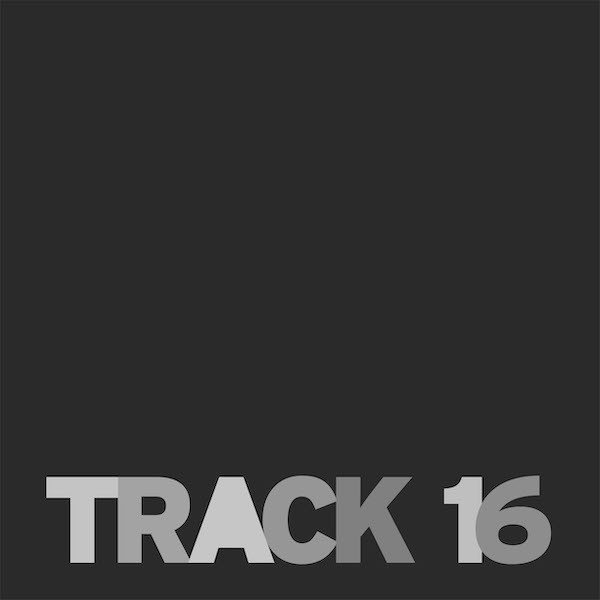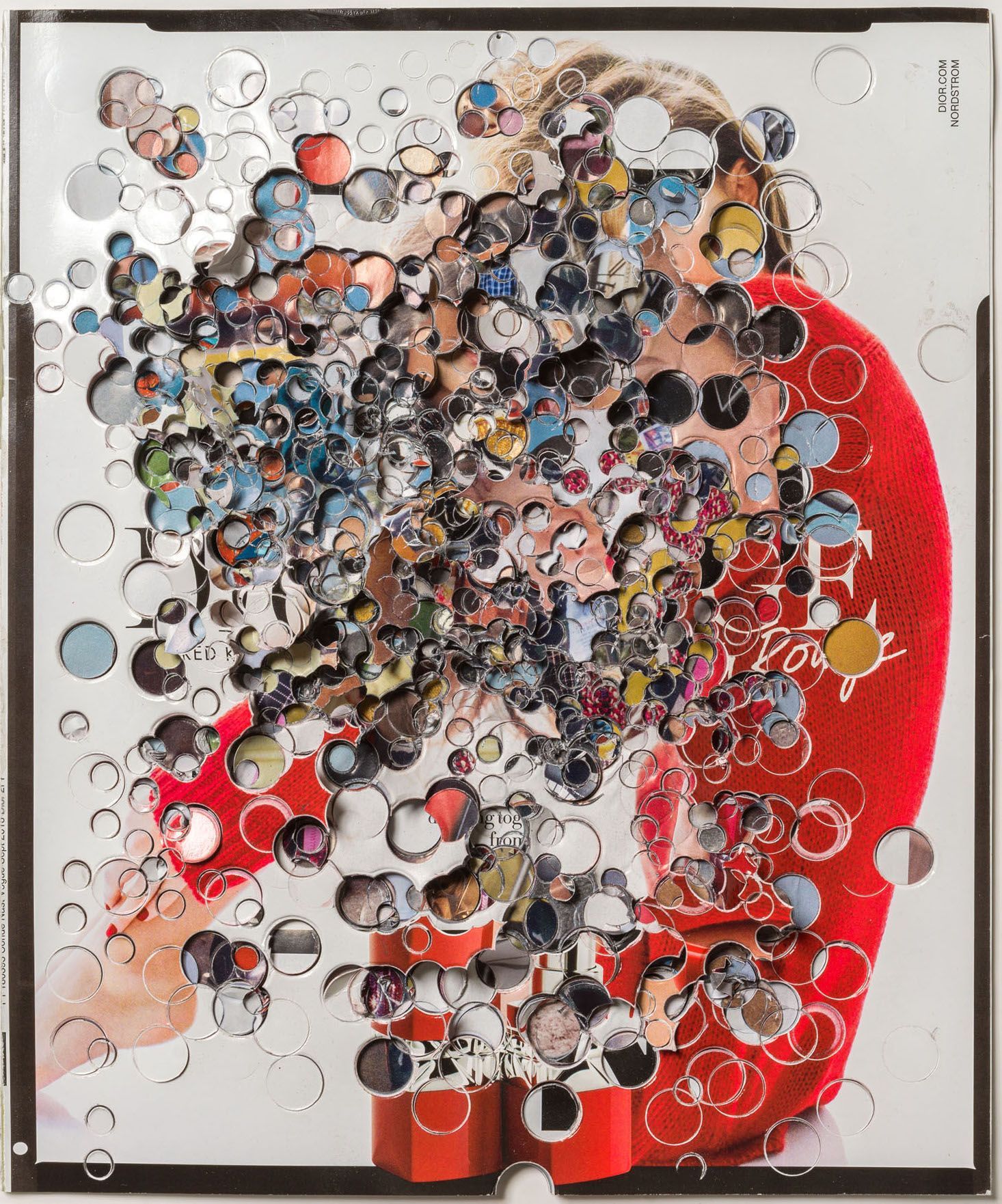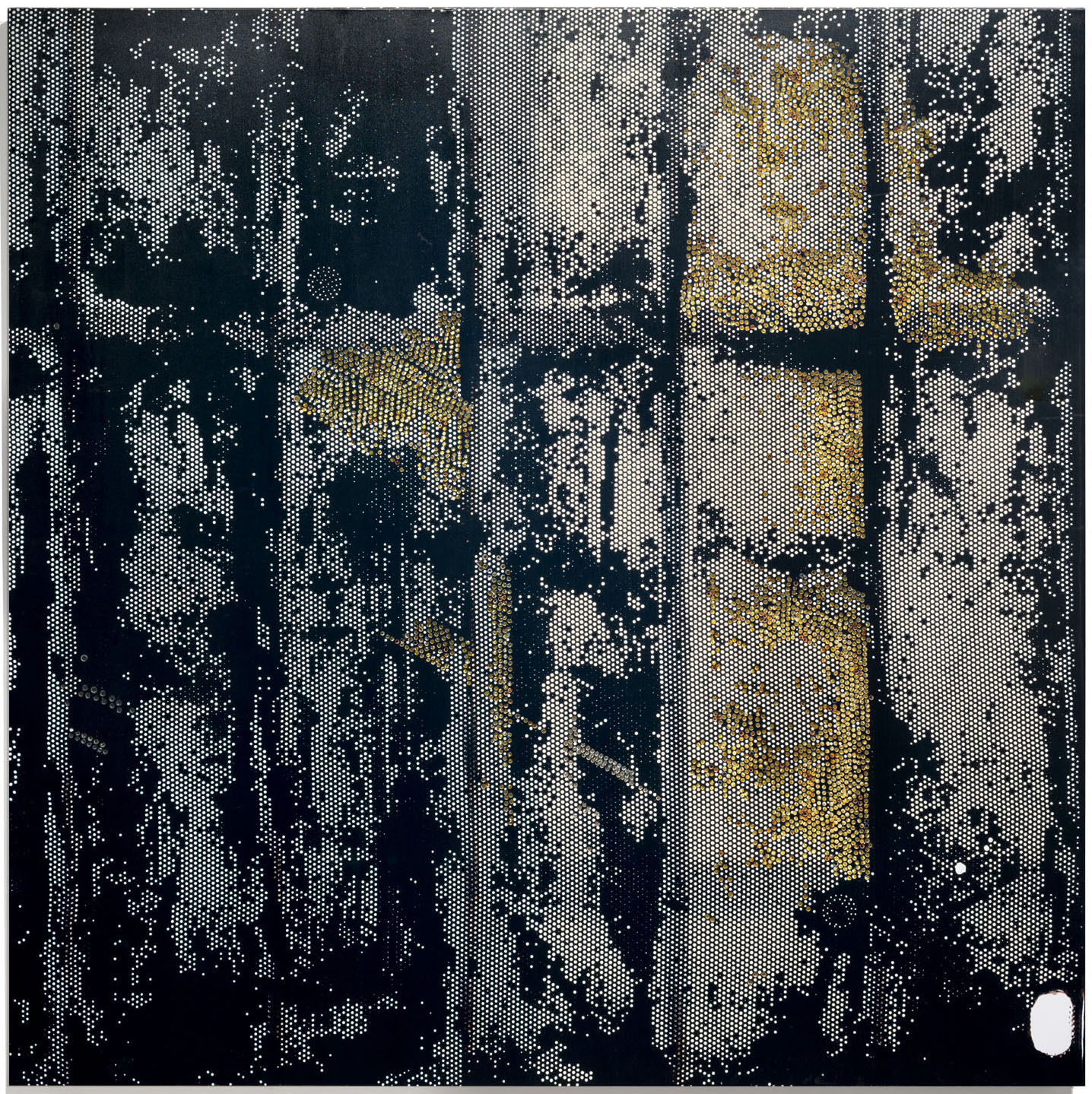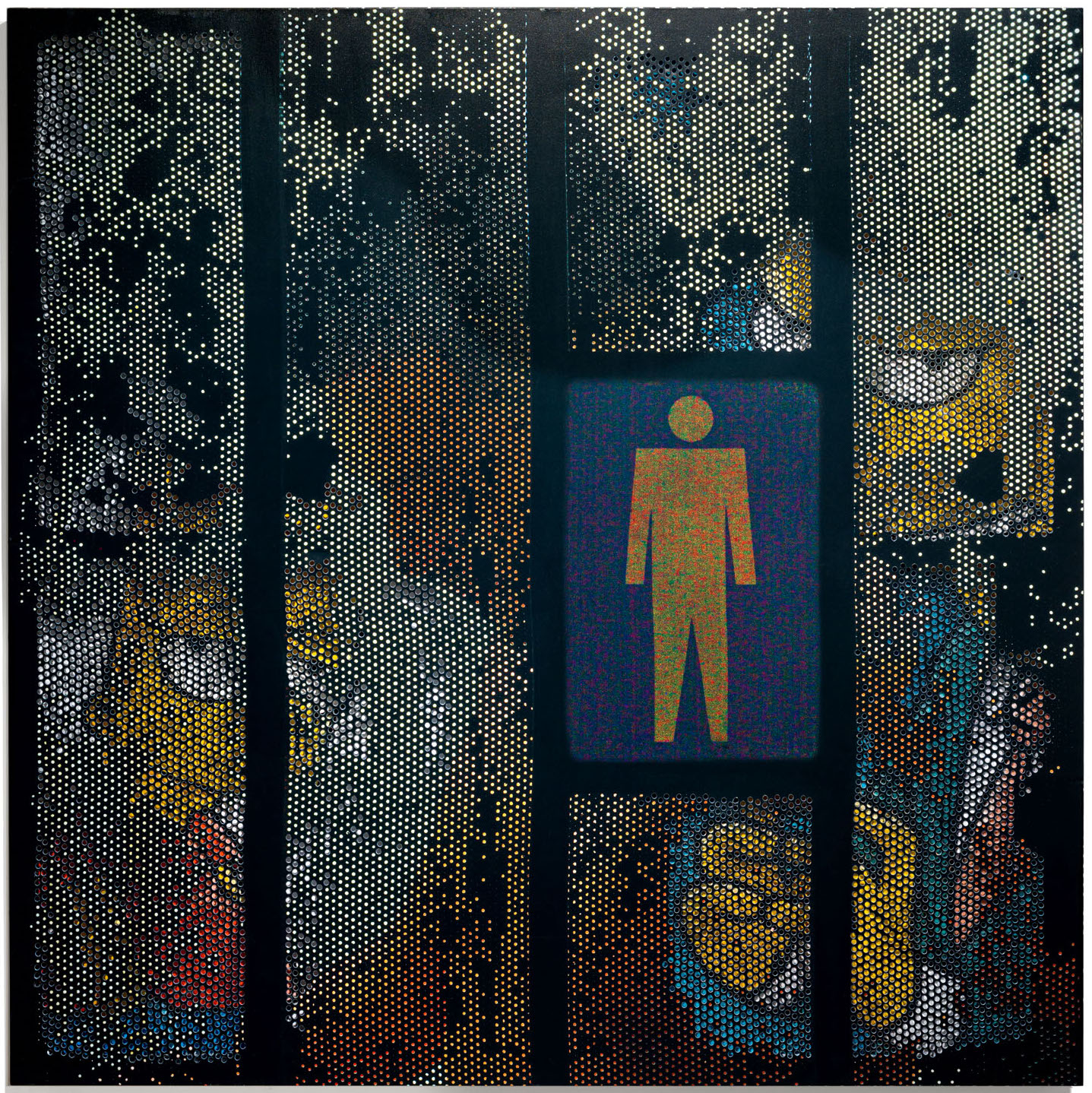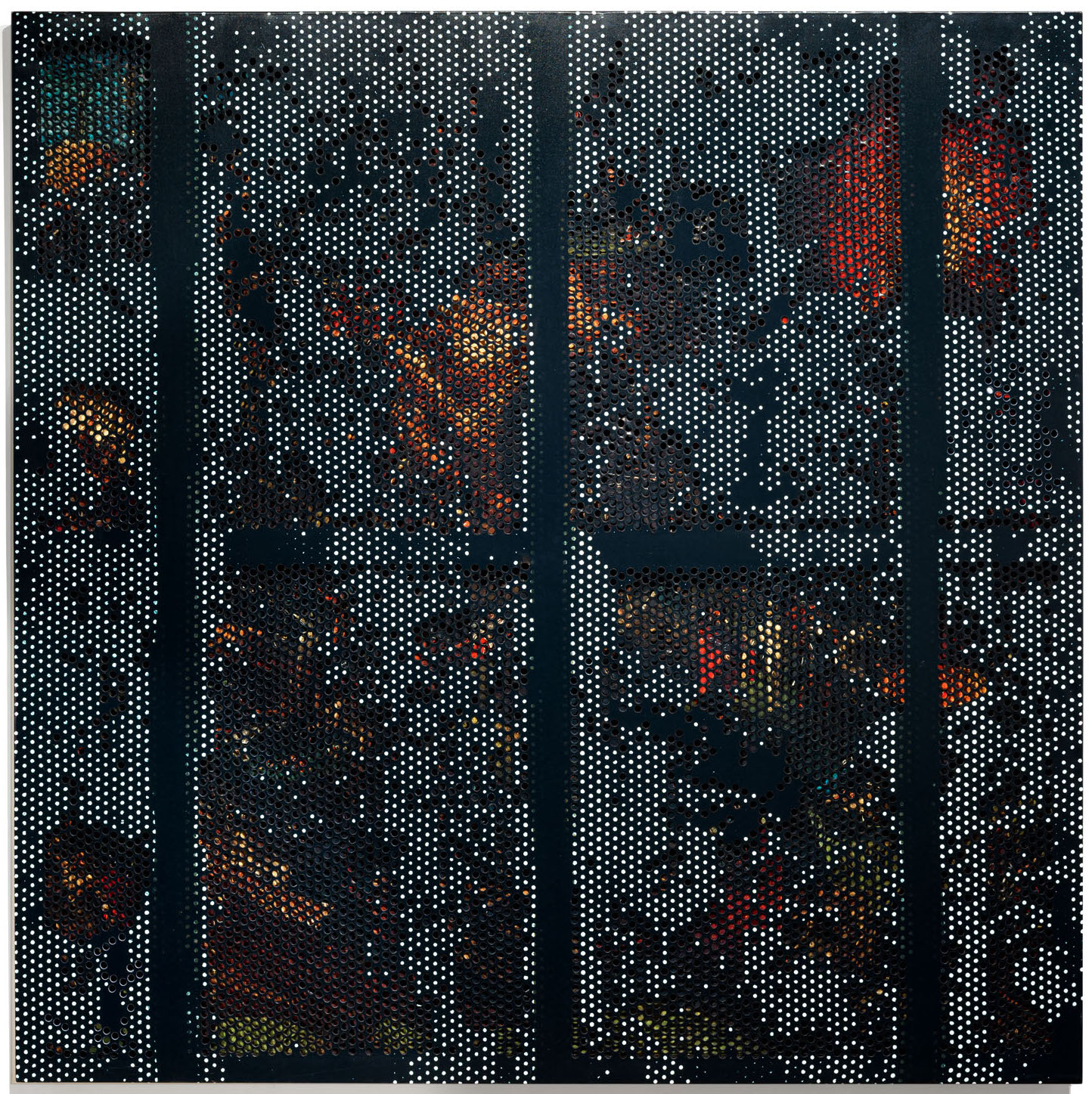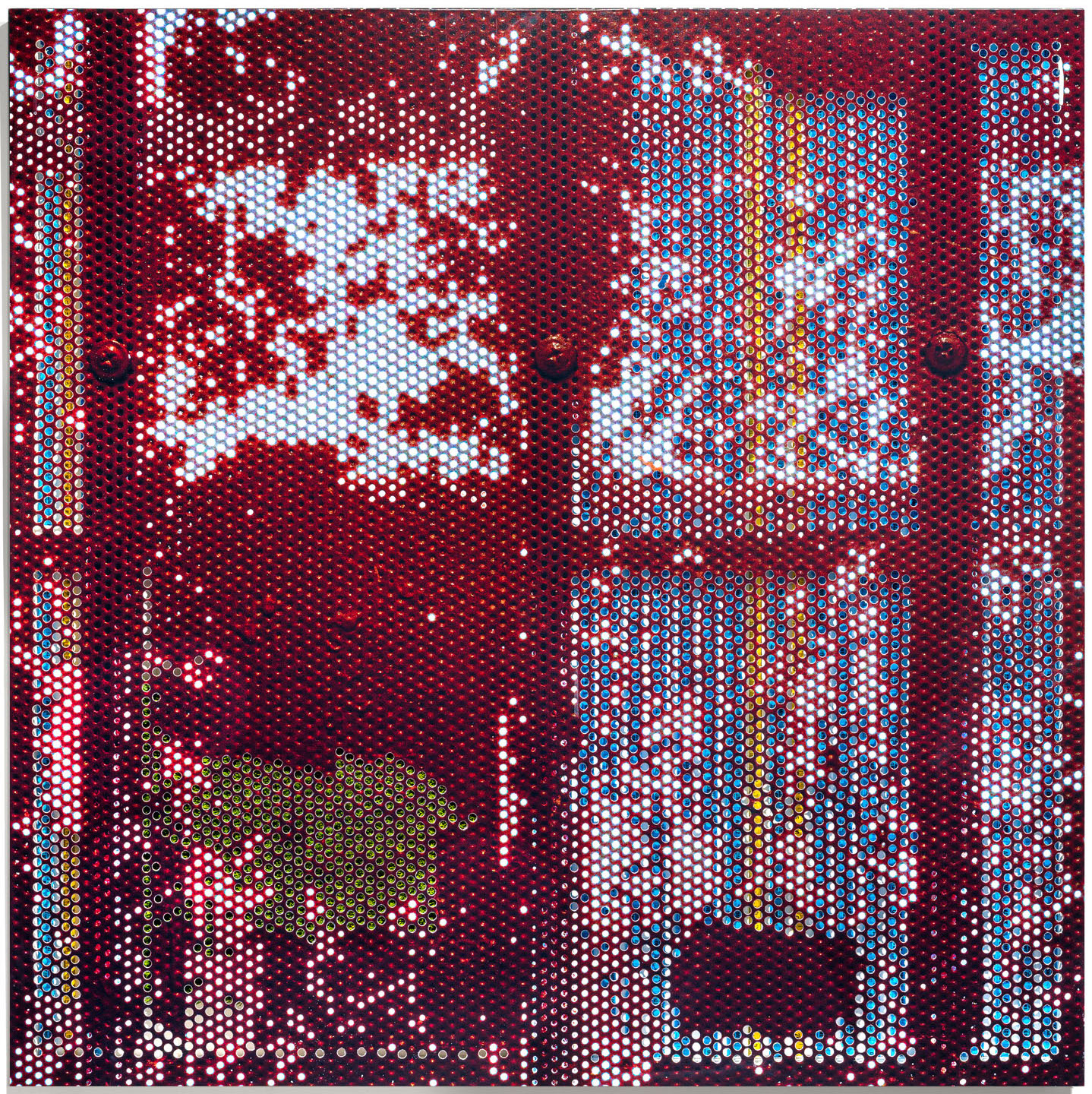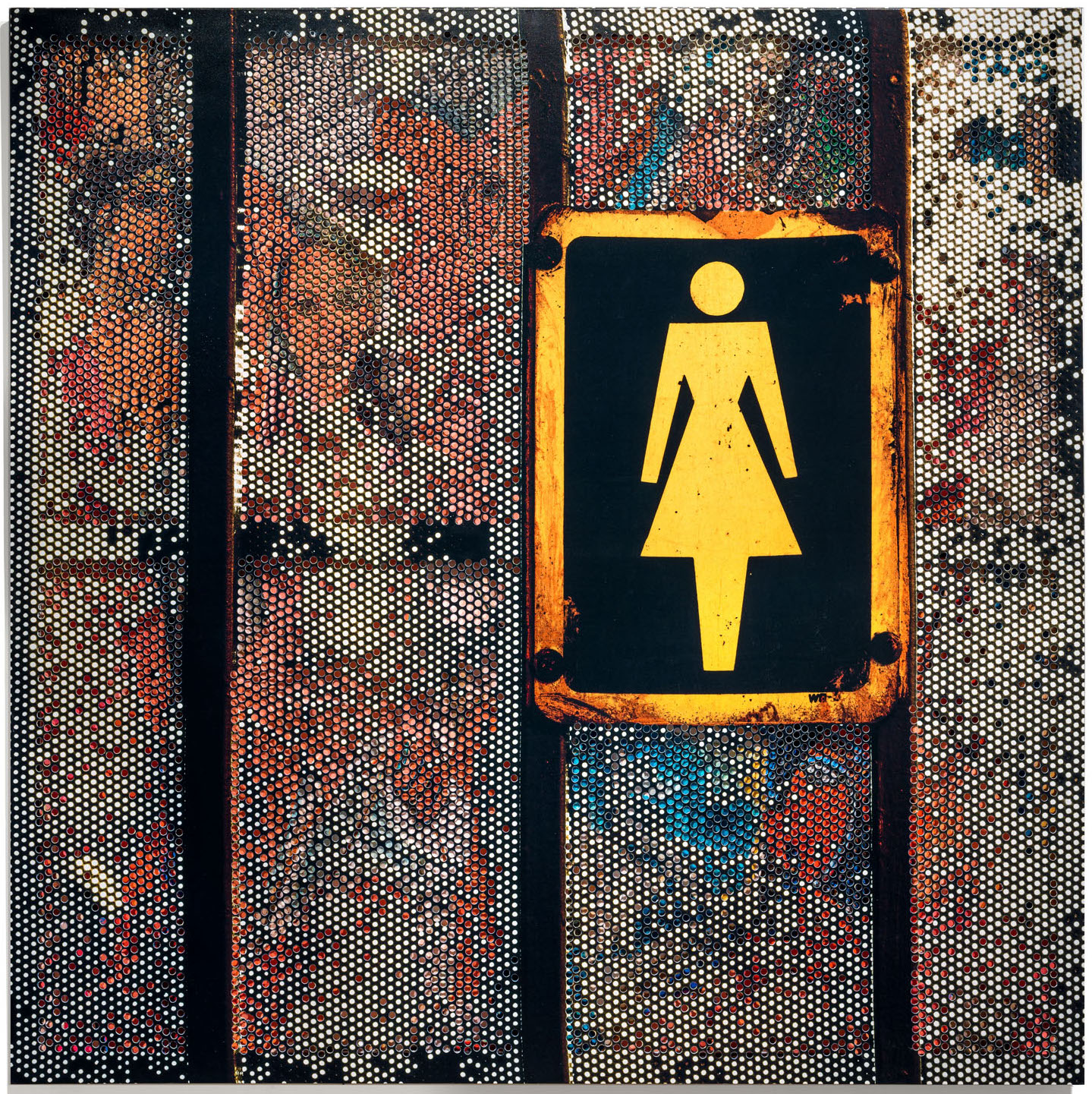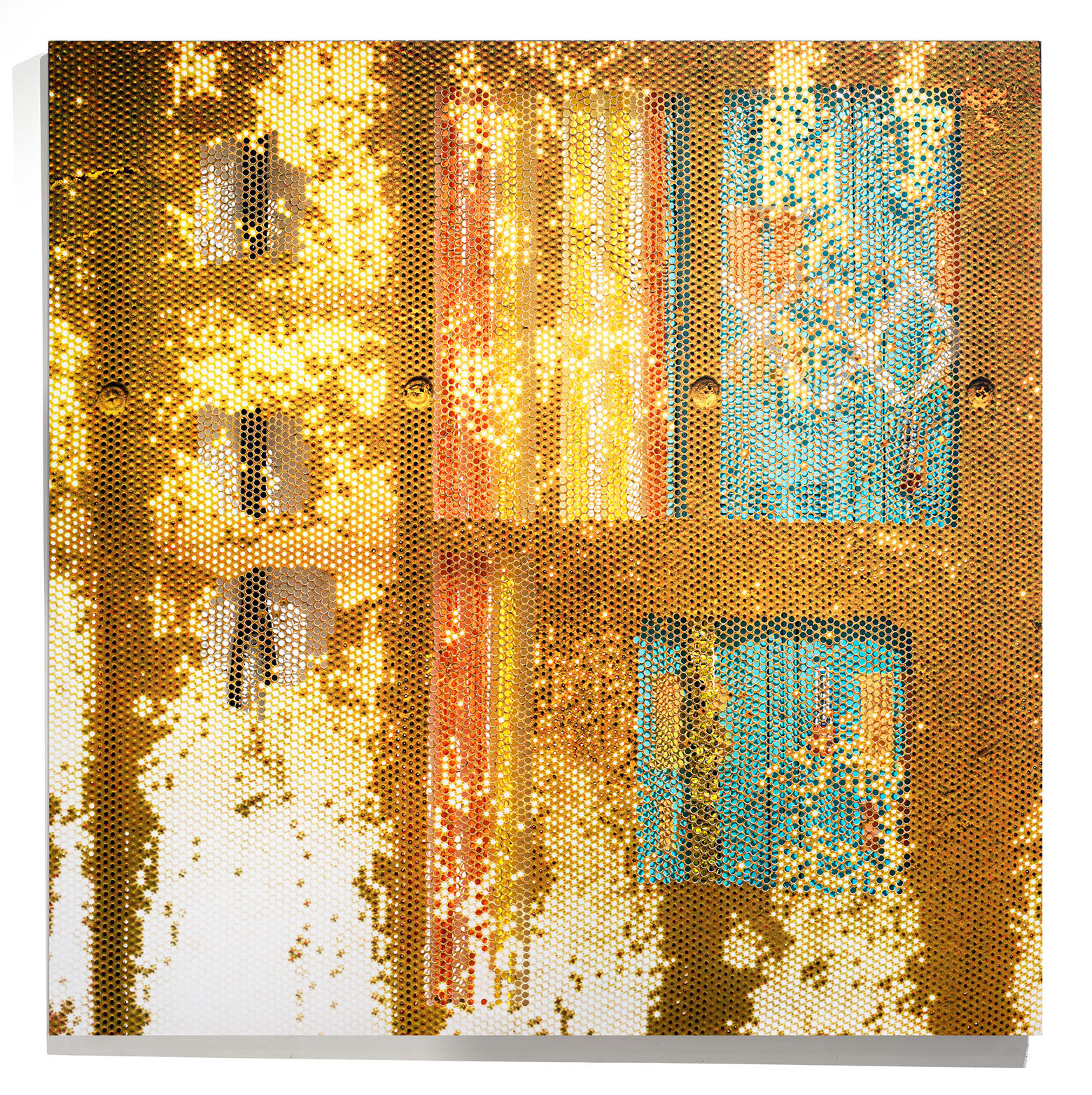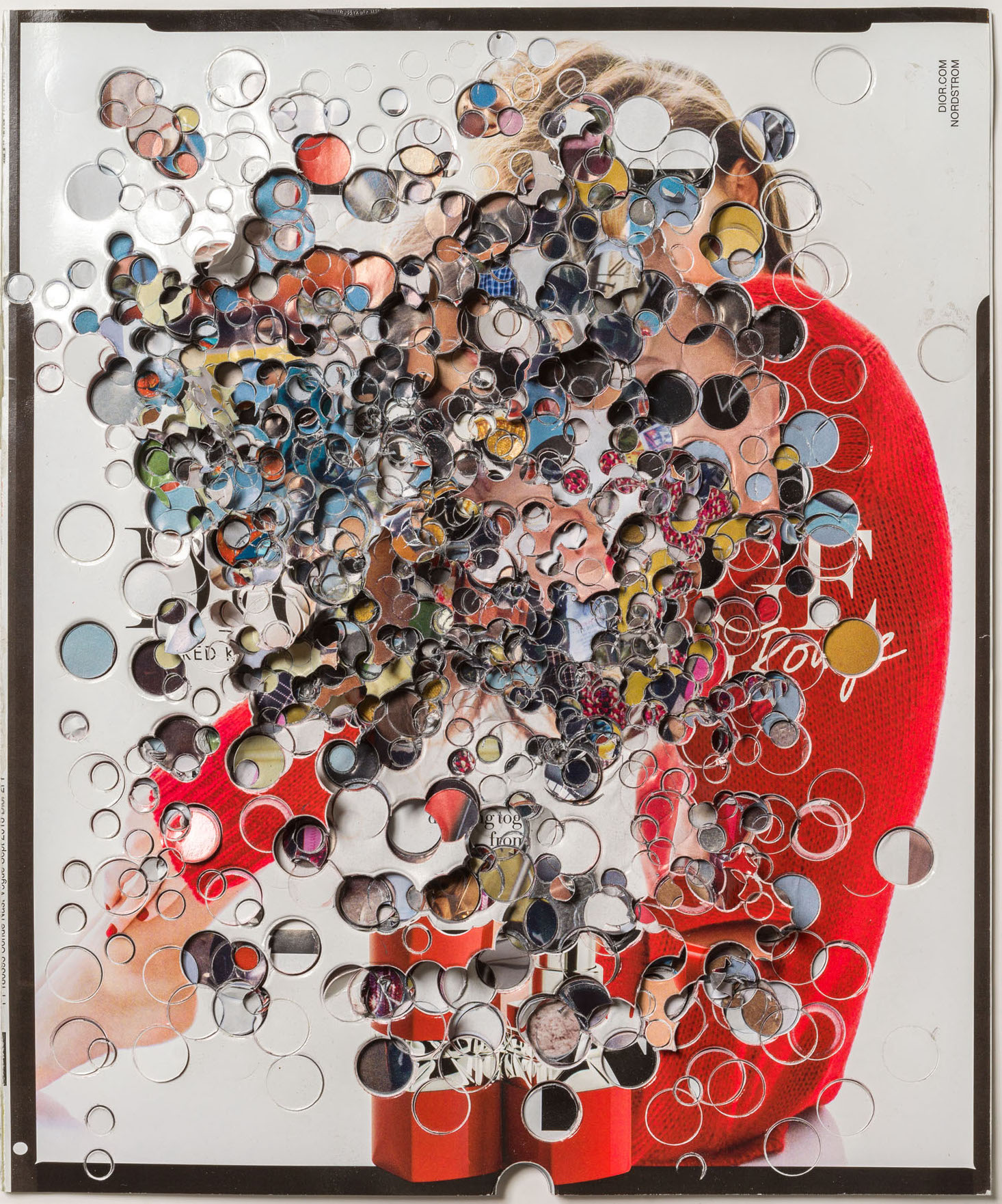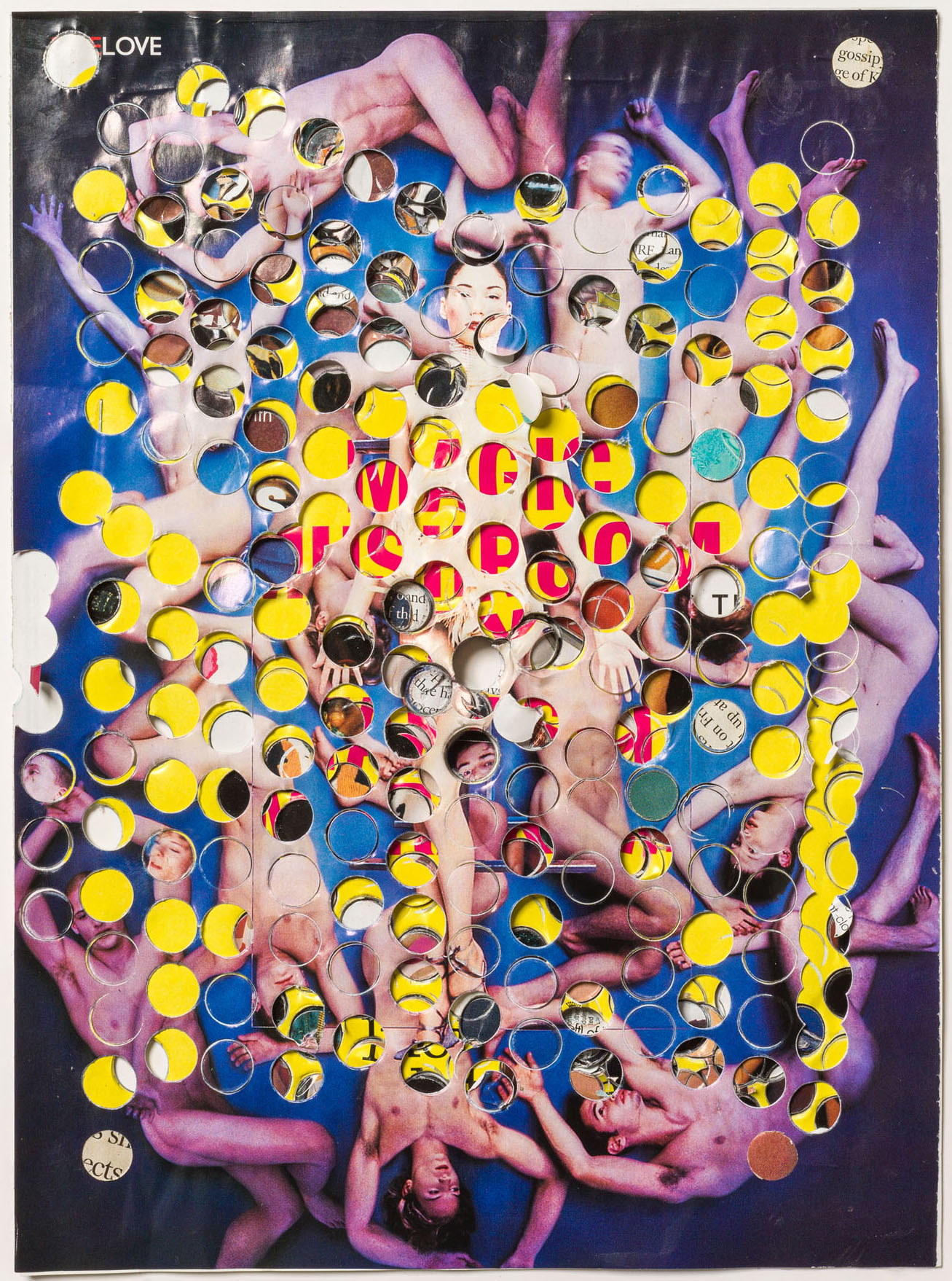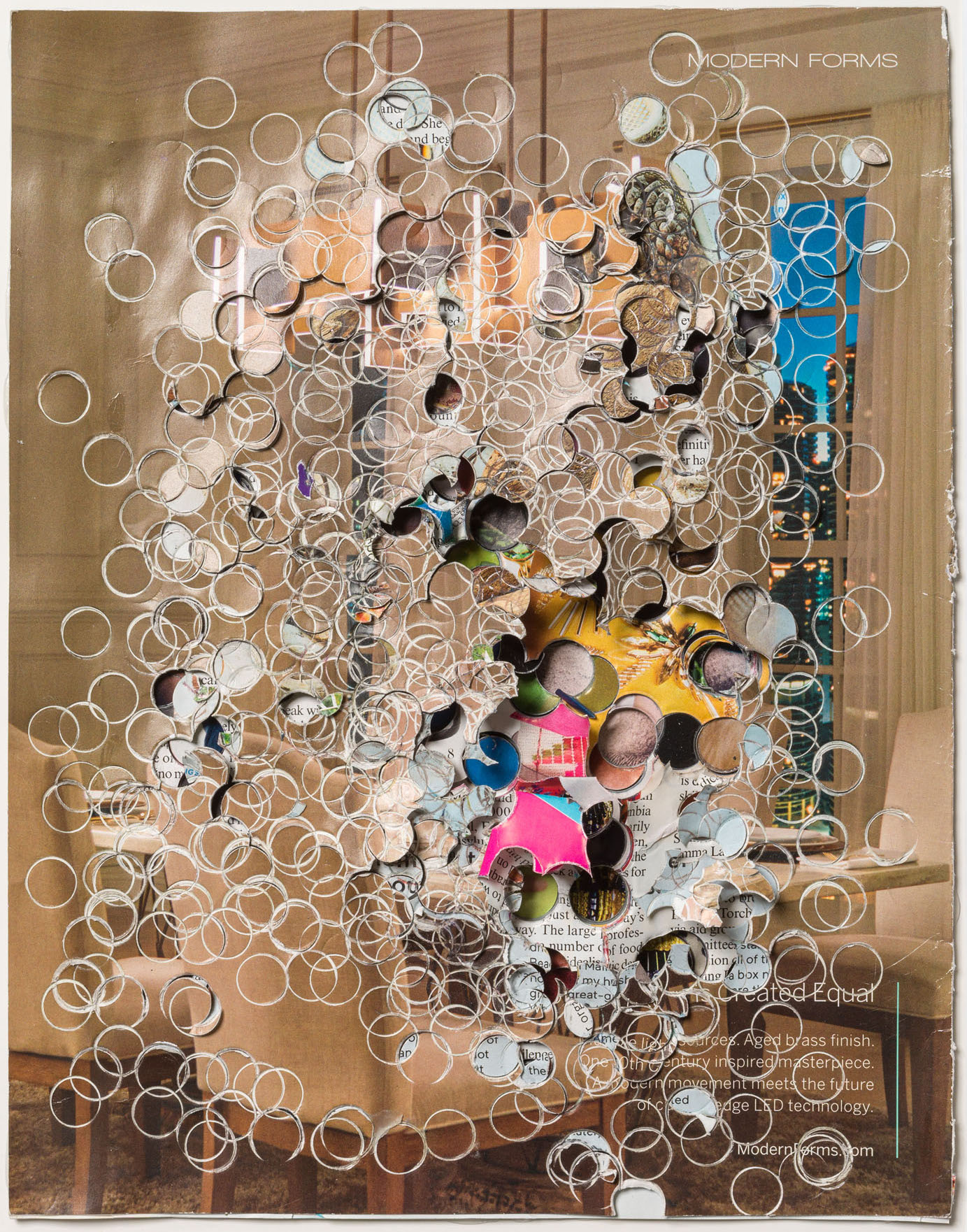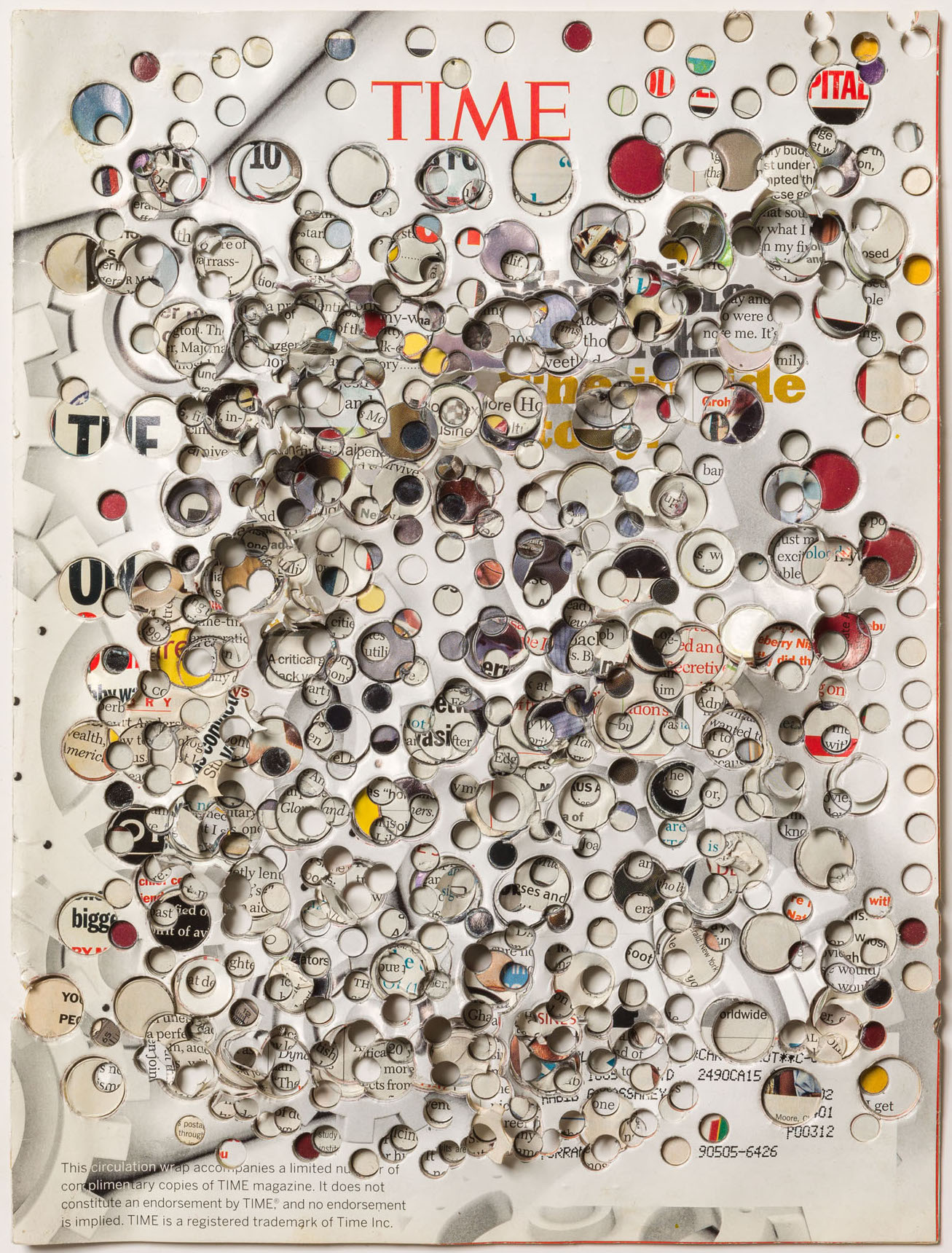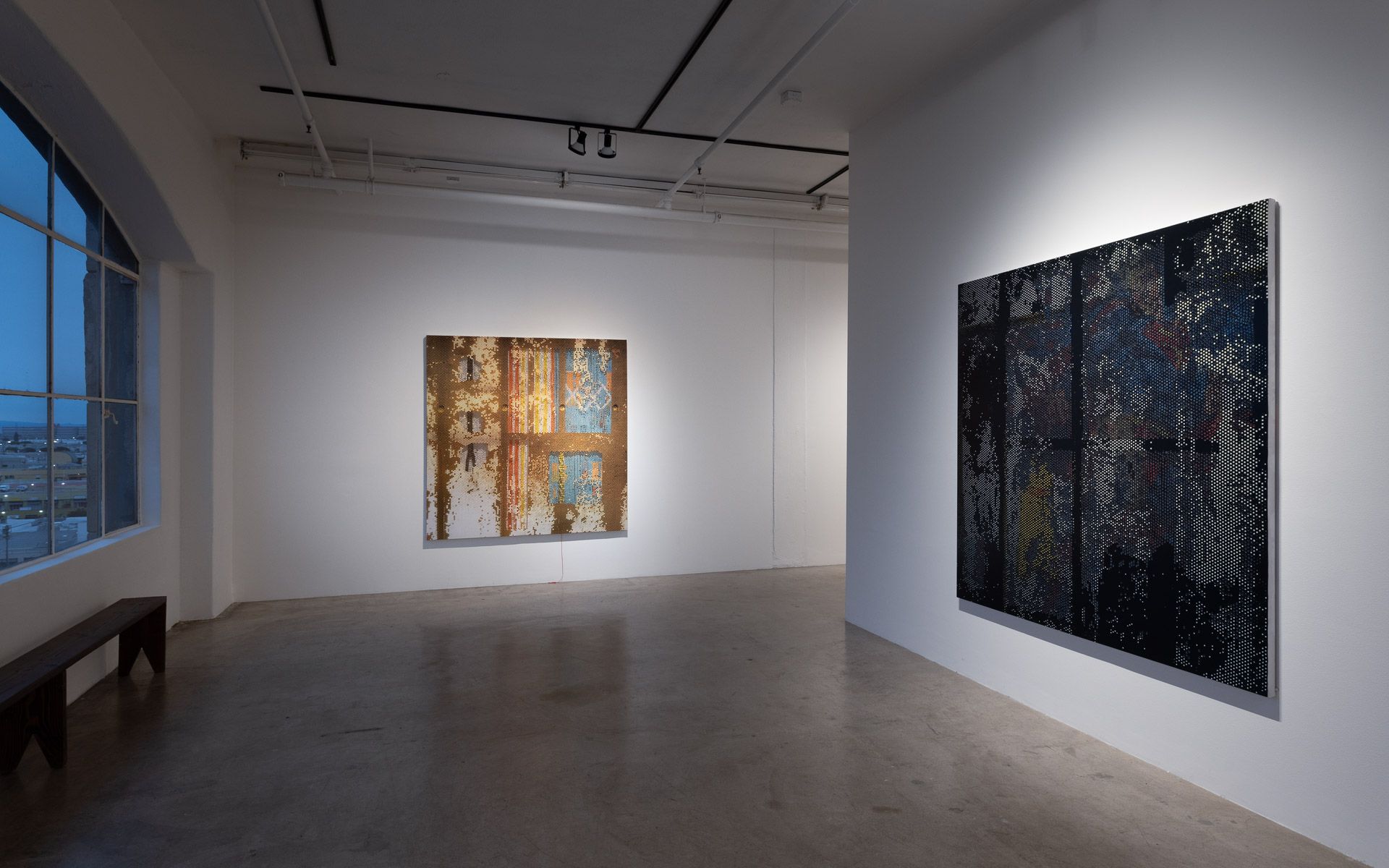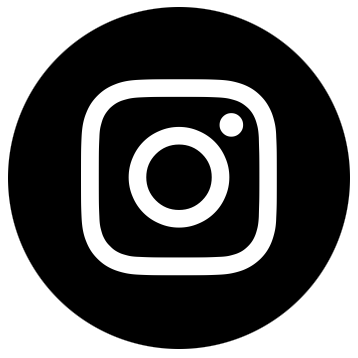David Daigle
Trypophobic Panopticons
June 10 – July 1, 2023
ARTIST TALK
Saturday July 1st at 7:30pm
David Daigle in conversation with
Andrea Gyorody
David Daigle’s art practice currently explores gendered and sexual associations through contemporary social constructs and consumer imagery. His mixed media practice combines photography, sculpture, and painting in order to create critical distortions and subversions of photographic images. This current show builds off these themes.
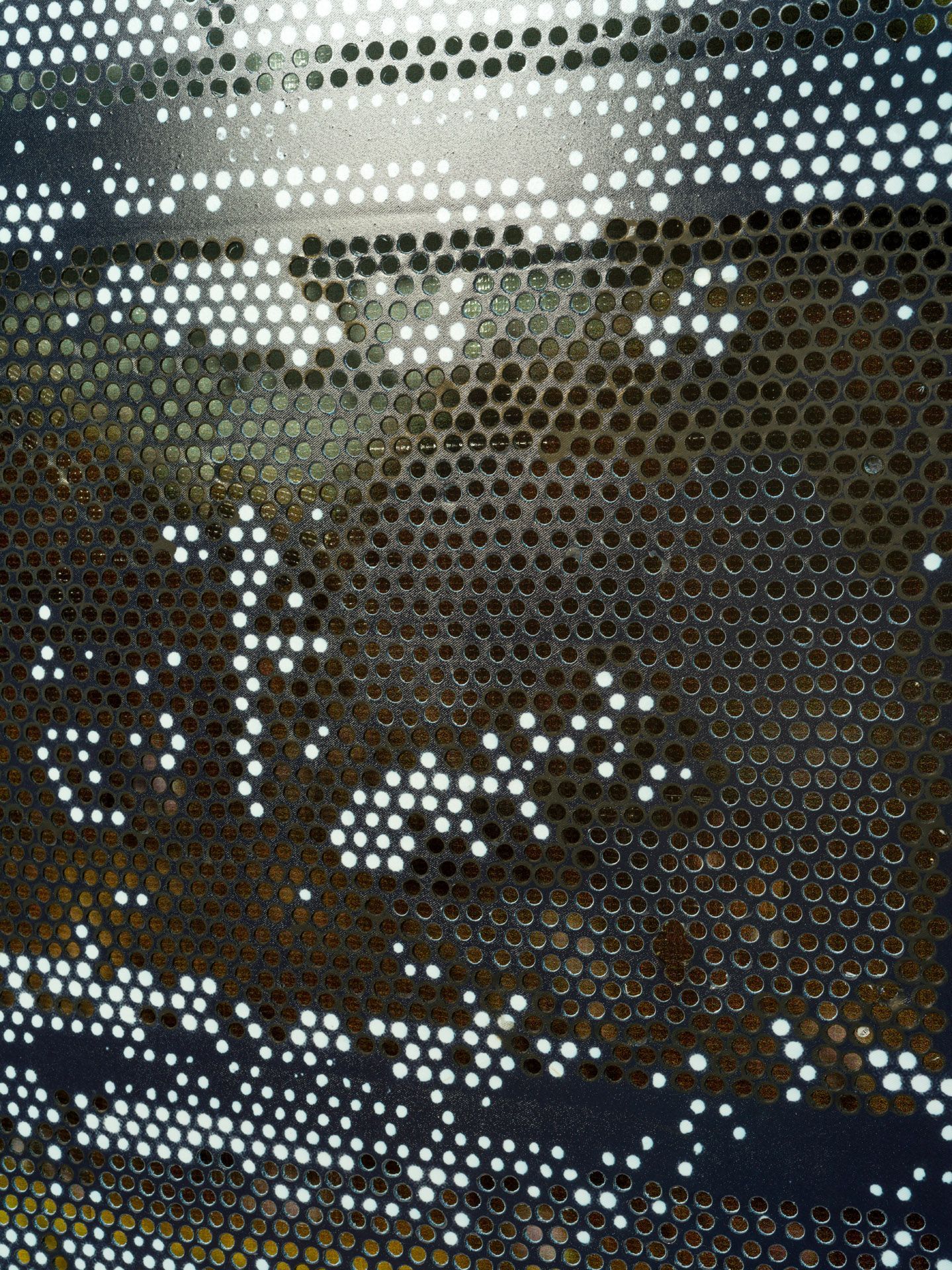
Double Whopper With Cheese (detail), 2023
Archival pigment print on poly fabric with UV acrylic medium, used billboard vinyl.
72 x 72 inches
The bulk of the exhibition consists of eight mixed-media pieces, each scaling 6 x 6 feet, which feature photographic images of his studio’s security doors printed with archival pigments on polyester fabric and sculpted by the artist. Images are hidden behind this veil of plasticized poly fabric which is then drilled with holes.
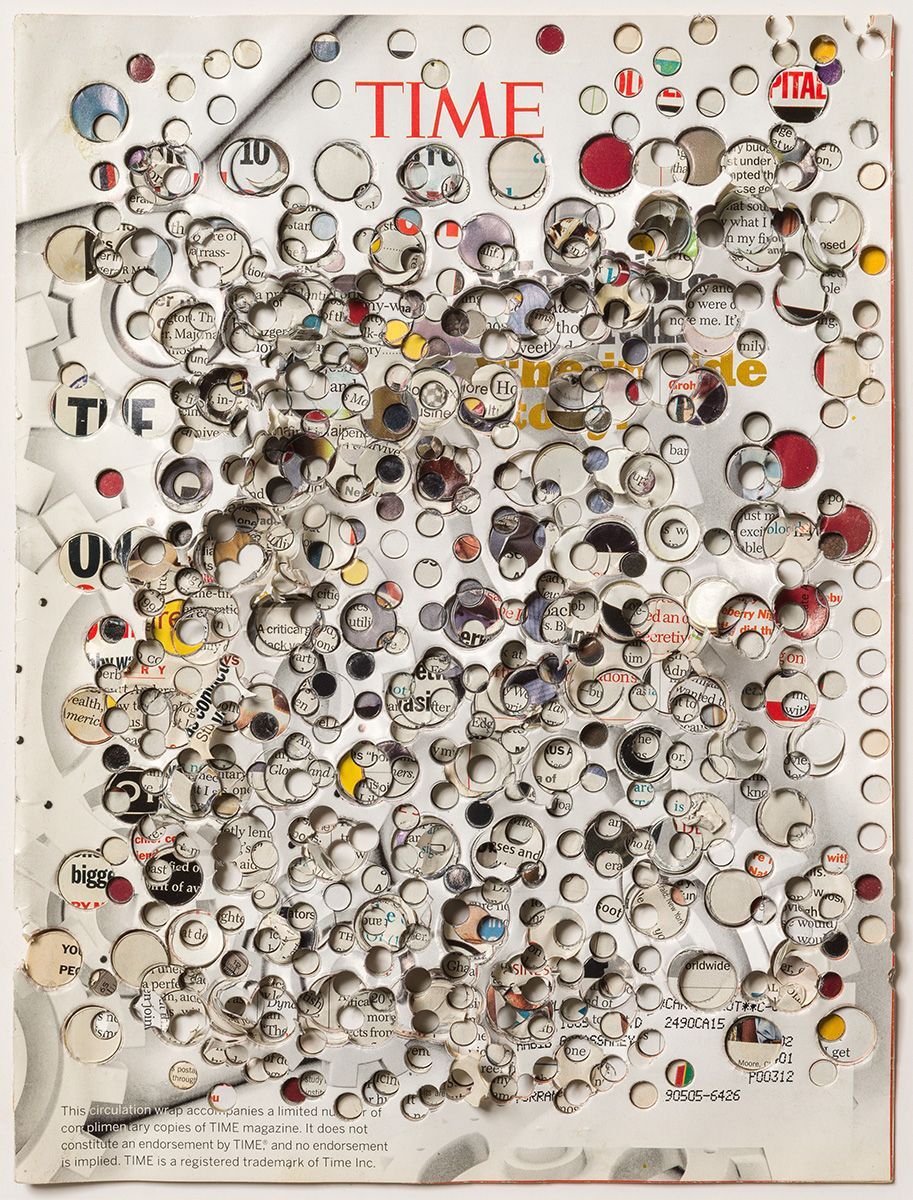
David Daigle, Time, 2023, magazine decollage, 11 x 8.5 inches.
for inquiries, email sean@track16.com
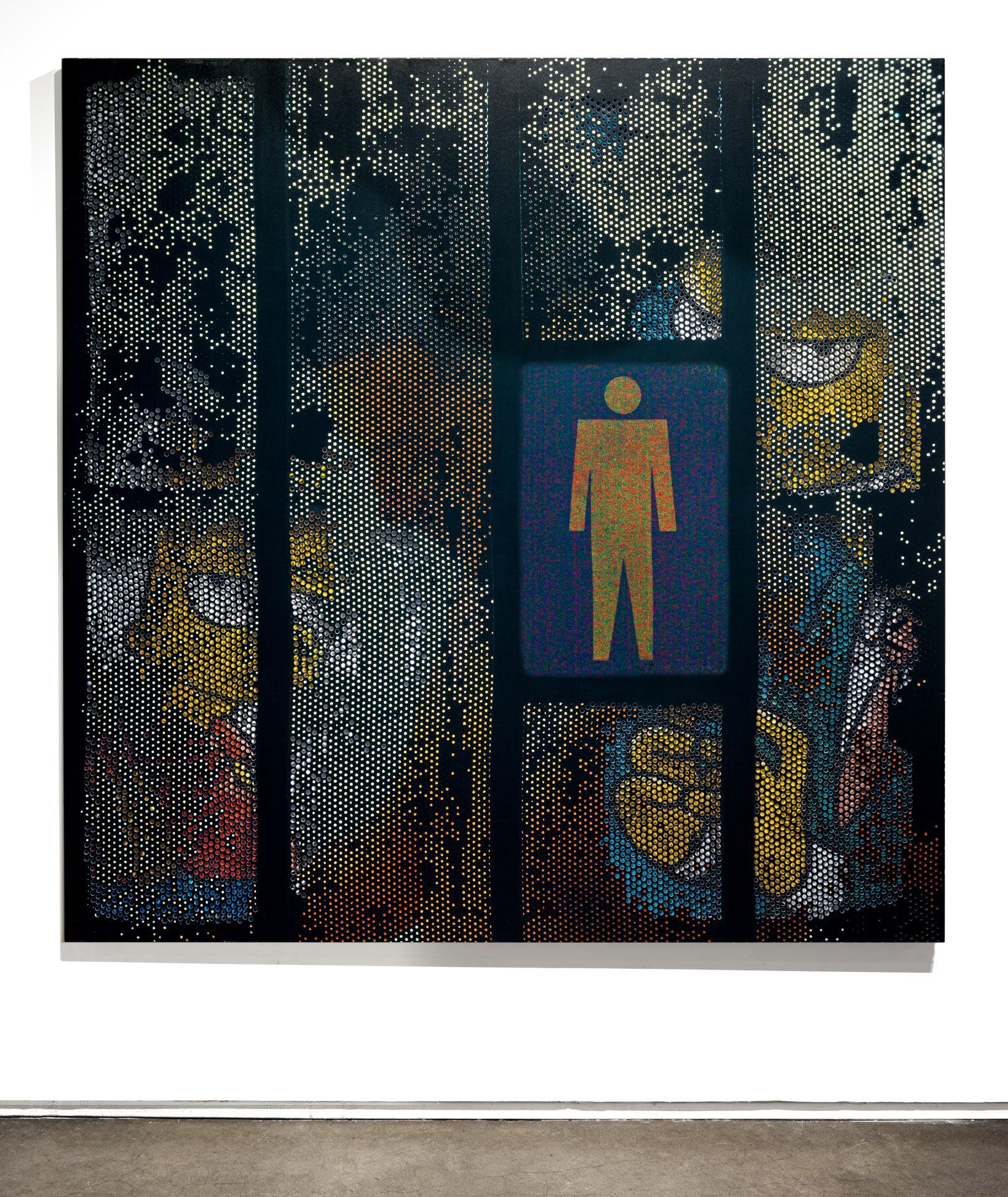
You Sell It, You Give It Away, You Buy It All Back, 2023
Archival pigment print on poly fabric with UV acrylic medium and punch cut holes, ink jet photograph
72 x 72 inches
Background images are revealed, or not, depending on the number of holes and where the holes are placed. The holes themselves are a concept that Daigle uses as a motif in his work. Holes are a material presence, yet also serve as a metaphor. They are wounds, channels that offer a peek into desire and vulnerability, whether psychological or physical. Holes can signify sexuality. Additionally, these repetitive punctures appear reminiscent of screens, pixels on phones, computers, televisions, or QR codes–the building blocks of our daily landscape in contemporary life. The viewer may be drawn to them aesthetically, or, as a person suffering from Trypophobia, filled with disgust or fear.
The pieces involve a concentrated act of looking–some are clearer when the viewer is up close, and some are clearer when the viewer steps back. In the vein of postmodernism, the hidden images range from Picasso’s Les Demoiselles d'Avignon, to characters from The Simpsons, to a cheeseburger, even though the content might not be immediately recognizable without shifting perspective as a viewer. The many references are something to be worked for, which mimicks the act of desire. Rulers, honey bees, and restroom signs designating gender assignments–among other elements–are, at times, humorous references there for the viewer to interpret. In manipulating the technical images, the work questions the indexicality and conventions of photography.
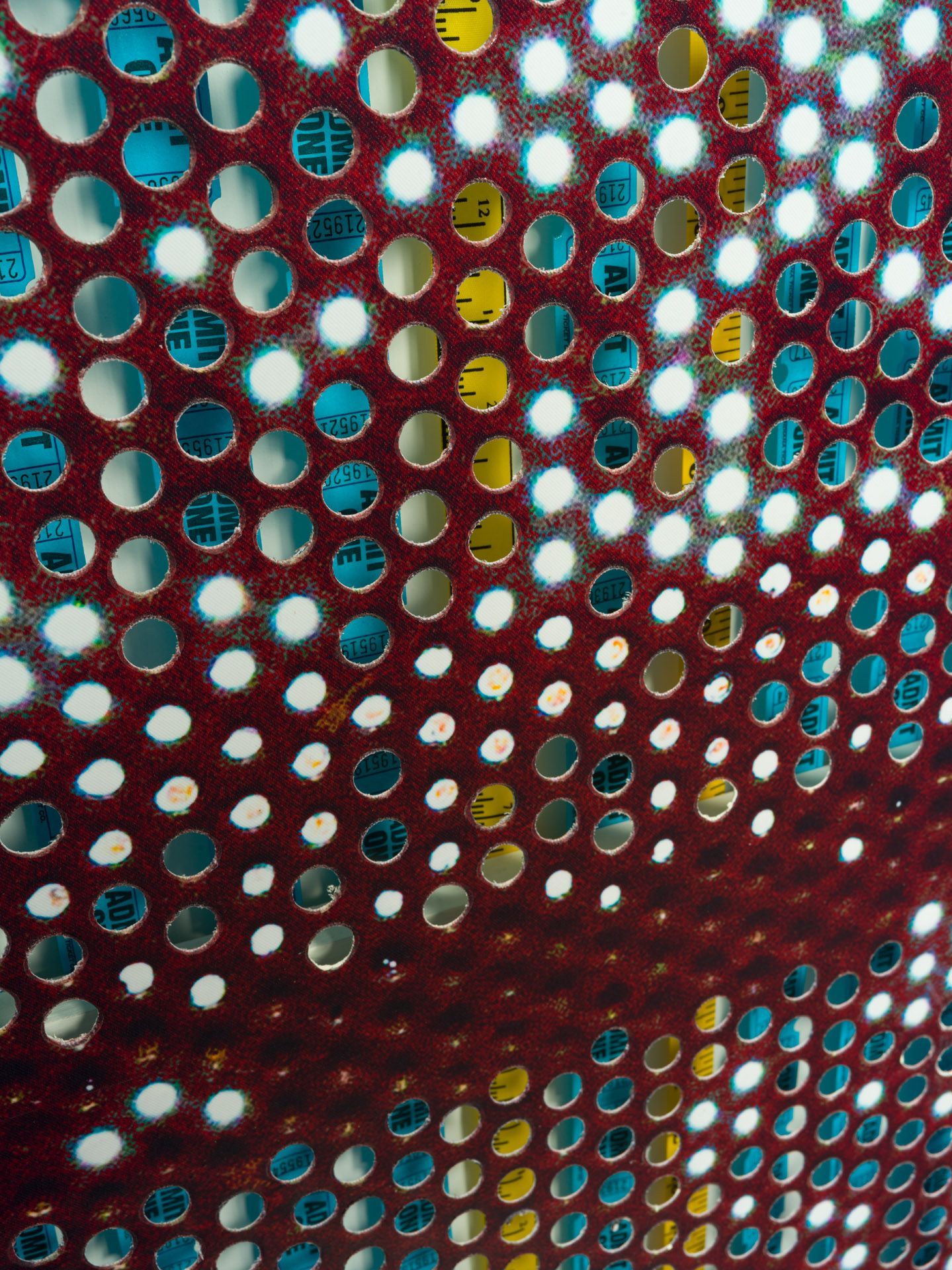
The Price Of Admission, 2023
Archival pigment print on poly fabric with UV acrylic medium and punch cut holes, artificial grass, tape measures, paper tickets
72 x 72 inches
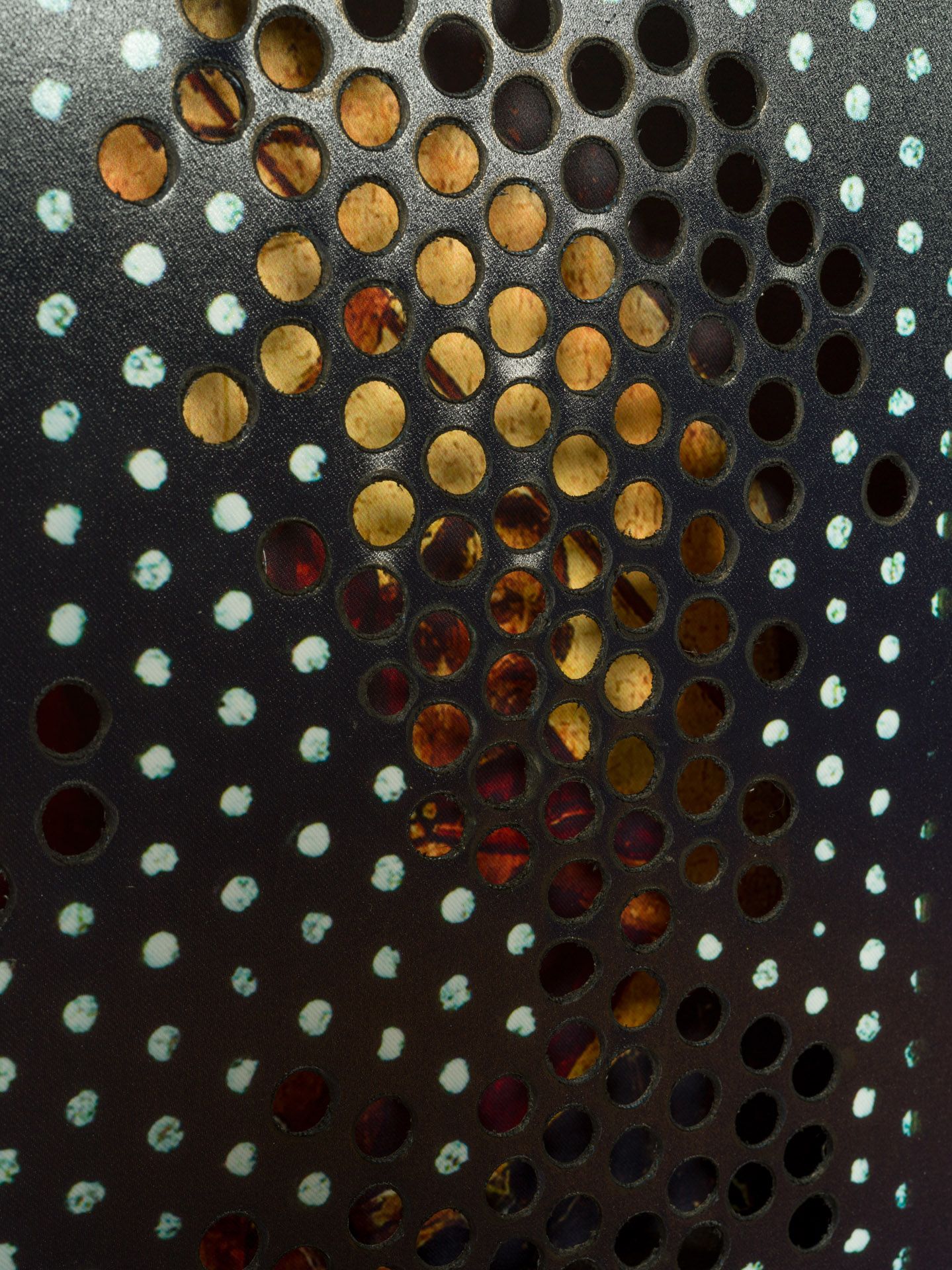
Christ In Limbo (detail), 2023
Archival pigment prints on poly fabric with UV acrylic medium and punch cut holes
72 x 72 inches
Daigle uses images from popular culture, recycling and rearticulating the images with his hands. The media itself, photography, plastic, found objects, speaks to a variety of art movements. Everyday images and everyday materials are reiterated, reconfigured, and revised. These technical images embody an art movement the artist coined as “Pop Povera.” If the original Arte Povera movement used materials such as rags, soil, or twigs–those considered to be everyday objects worth nothing, plasticized images are an iteration of the trash of today.
Also included in the show are smaller works that show evidence of labor. The smaller pieces formally echo the larger works. In the process of making the 6 x 6 pieces, the artist used magazines to serve as support behind the frames; drill bits puncture through the original pieces and plunge into the magazines, creating periodicals that are littered with a constellation of holes. The ten pieces included in the show are process remains, or, Daigle calls them, “The work’s children.”
Artist Statement
“Since desire always goes towards that which is our direct opposite it forces us to love that which makes us suffer” - Anais Nin
At the root of all the large works in Trypophobic Panopticons is desire. Desire for youth, admission, gluttony, all of which are beyond reach either by choice or design. Desire that if fulfilled, promises to bring pleasure or contentment but the inability to reach these desires brings frustration and suffering.
The doors I am photographing, manually punch-drilling holes into, and placing images behind, are the metal screen doors to my art studio. These security doors are reminiscent of prisons and, much like the panopticons they evoke, they are a material representation of the prisons of surveillance around us.
The photographic holes and physical ones I create on these screens call forth television, pixels, and QR codes. These screens are also reminiscent of asymmetrical systems of control such as the internet, smartphones, etc. Screens designed to create insatiable desires and used to lure to desires trapped behind them.
Holes are potentially voyeuristic, but are you the voyeur or is someone spying in on you? There seems to be a forbidden danger to holes, something we should be instinctually afraid of, yet we are still drawn to. Holes can also be very sexual things. I make holes because I want to see past the photography, through the photography. What’s on the other side of the mirror? The viewer may be drawn to them aesthetically, or, as a person suffering from Trypophobia, filled with disgust or fear.
Lucio Fontana, whose work inspired my interest in exploring the sculptural space between the canvas and the wall, the hidden spaces in between and behind the traditional surface image, once said: “I make a hole in the canvas in order to leave behind the old pictorial formulae, the painting and the traditional view of art and I escape, symbolically, but also materially, from the prison of the flat surface.”
I challenge “the old pictorial formulae” and “the prison of the flat surface”, but of photography instead of painting. Using sculptural intervention and decollage, I question photographic conventions of materiality, scale, and the devotion to the paper print. I consciously combine and appropriate conventions from other mediums such as painting to defy categorization.
By drilling holes into a photograph of a door with holes I also turn it back into the object to which the image refers. The work is a paradox of being both an indexical image and the same material object it represents.
If trypophobia is the disgust or fear of patterns of holes, then the artistic labor of drilling thousands of holes to find desire on the other side becomes an act of suffering but also an act of penance for doing so.
-
My Honey, 2023
artwork details -
You Sell It, You Give It Away, You Buy It All Back, 2023
artwork details -
Christ In Limbo, 2023
artwork details -
The Price Of Admission, 2023
artwork details -
Modernist Prison, 2023
artwork details -
Double Whopper With Cheese, 2023
artwork details -
I Want a Perfect Body, 2023
artwork details -
Prisoner Of My Own Device, 2023
artwork details -
Dinner, 2023
artwork details -
Dior, 2023
artwork details -
Gucci, 2023
artwork details -
Harvard, 2023
artwork details -
Love, 2023
artwork details -
Modern Forms, 2023
artwork details -
Sleep, 2023
artwork details -
Surface, 2023
artwork details -
Time 100, 2023
artwork details -
Time, 2023
artwork details
About the artist
Artist, photographer, and educator, David Daigle has expressed his unique creative vision for more than twenty years. Always looking at the world differently than most, his restless desire to capture and share his vision compelled him to pick up a camera as an early teen. Awards were bestowed upon David since he shot his very first roll of film and have continued through the years. Awards include: The Boston Globe Scholastic Competition, The Kodak Medallion of Excellence in Photography, and The Los Angeles Advertising Photographers Association Award, among many others. He attended Hampshire College for his BA and was mentored there by photographer Jerome Liebling. David went on to receive his MFA from Art Center College of Design in 2022, studying under the tutelage of artists Diana Thater, Aaron Curry, and Stan Douglas.
Q&A with David Daigle
You recently earned an MFA from Art Center. Did the Covid pandemic affect your schooling?
There were some negative and some positive aspects. When I started my MFA at ArtCenter, I had a full semester in person in Fall, and then, halfway through the Spring, towards the end of that semester, we were all locked out of school due to the pandemic. We finished the semester on Zoom, and then we had to work on our written thesis over the summer. Writing isn’t really my strong suit, and I had to write this 60-page research paper, and at the same time, the whole city was locked down, so I could do nothing else. I couldn't go anywhere. Had it not been for the pandemic locking us in, I probably never would have gotten it done. On the other hand, part of the benefit of the program is access to faculty. You also have visits from artists on a weekly basis to your campus studio, and the community of your cohort. As a student, you are meeting a lot of people. Sadly, that was very different when it all moved to Zoom. I did, however, use the isolation as an opportunity to take a leave of absence from my program and focus entirely on developing a new body of work, which was highly productive.
How does your work read on platforms like Zoom or Instagram?
A lot of the work doesn't come across in still photography online because there's always this sculptural aspect to it, which is often very hidden and photography is very flattening. For instance, one work I did in my first semester as an MFA student was a photograph of a whiteboard, which I drew on the print I made of it. So there's this photograph, which then had a drawing on top of it. If you are looking at an image of it on Zoom or some other platform like that, you might say “Am I just looking at a whiteboard?” But in person, if you look closely, you could see a small reflection from a sharpie and realize that the work isn't just a photo. Also, a lot of my practice is taking photography to other levels, hiding things in it, and making it sculptural and playing with scale. So the work on Zoom or social media just doesn’t make much sense, and the audience cannot conceptualize it in the same way as if they were in the room with it.
Can you talk about the size of your work?
For this current show at Track 16, the works tower over you because I want it to be in relationship to the body, like the Vitruvian man by Da Vinci. The pieces are 6 x 6 feet, and when you put your body like an X, you're pretty much a 6 by 6 foot square. It's this relationship to the body and the size. And you know, I talk about them being prisons, so I really want you to feel like the pieces to scale. Well, technically, they're above scale, but I want the viewer to question: are you in prison or are you looking at something else in prison?
How does Trypophobia, or a disgust or fear of a pattern of holes relate to the work? Do you suffer from this?
No, but I’m beginning to think I should. Holes in this show are very voyeuristic things; are you the voyeur doing the looking or is someone spying in on you? There seems to be a forbidden danger to them, one you should be fearful of instinctually. Yet I think we’re still drawn to them. If you were to really look at a lot of the works I have produced in the past three years, they all have holes, be they big or small. I play with making holes because I want to see past the photography, through the photography. What’s on the other side of the mirror? I also see holes as being a very sexual thing.
In what way does sexuality and gender play a role in your art?
I don't consider myself an identity artist. My practice is not solely about me. On the other hand, I do encode these pieces with things that I am thinking about personally. For instance, the idea of finding holes erotic, playing prisons of my desires, inserting a references and metaphorical objects that not all viewers will understand unless they are in the gay community. That kind of thing, though, I try to encoded underneath–something to bring another level to it. I see this show at Track 16 as being about desire. So parts of my specific desires are there, but I also want the work to be more accessible, speak to everyone’s desires and be open-ended to interpretations.
How has your experience as a commercial photographer informed your practice?
Commercial photography gave me an impeccable technical skill set. Having mastered how to make a photograph leaves me at a point where I’m now questioning what to make a photograph of or even why. I have this interest in changing how we look at photography. Part of my experience in graduate school was to try to screw around with photography because I feel like photography as we know it–at least, standard photography, meaning non-photoshop photography–has become dead. It's impossible to take a photograph that someone else hasn't already taken. You could type “naked sex dwarfs on acid” into a search engine and probably find a million pictures that match that like that. So part of my project is to look at photography beyond the image and play with scale, conventions, and sculptable materials.
How do the materials interact with your art practice?
During my MFA program, I started playing with recycled, giant, vinyl billboards because I was interested in images. The faculty encouraged me to use my own images, since I come from a commercial photography background, so I eventually went back to my own photography, but there was something about the materiality to these billboards that pushed back against art photography. Art photographers are used to a world where the work is on fiber-based paper, and it's put into a frame with glass on it. And it lives like that– behind glass. Flat. I was really fascinated with this idea when I was playing with the billboards that I could touch, stretch, cut, bend the materials. There was a materiality that photography never allows in a sculptural way, if you will. Our photography is wildly precious. “It's going to fade in the light. Don't touch it.” But I don't necessarily like precious things. I really wanted to take it apart, both intellectually and physically. I currently use more archival materials, but the idea is still the same.
Where do you get your influences?
Some other artists that I feel are influential to me are old school photographers like, Edward Weston, Irving Penn, Aaron Siskin. But, also painters and sculptors like Warhol, Fontana, Ashley Bickerton, Lucas Blalock. Everything I follow on Instagram is about art. So every morning I have to flip through like thousands of pictures from galleries and artists, and I steal things left and right. My influences are from doing this as a daily practice on Instagram. My influences are coming from everywhere and wildly different places. I grab ten bits of everyone and anything I think I could bring to my practice regardless of medium.
TRACK 16 GALLERY
1206 Maple Ave, Suites 100 & 1005
Los Angeles, CA 90015
CALL TEXT
+1-310-815-8080
info@track16.com
Gallery hours:
Wednesday to Saturday 12-6pm
and by appointment
No entry fee. No reservations necessary.
TRACK 16 GALLERY
in the Bendix Building
1206 Maple Ave, Suites 100 + 1005
Los Angeles, CA 90015
+1-310-815-8080
Wednesday to Saturday
12-6pm
and by appointment
No entry fee. No reservations necessary.
©2024 Track 16, LLC
MAILING LIST
Thank you for signing up for our newsletter.
You can use the discount code T15 at our webshop for 15% your order of books, ephemera, and art.
Please try again later
NEWSLETTER
You can unsubscribe at any time.
